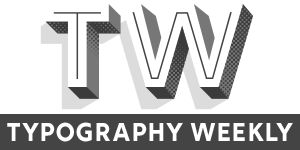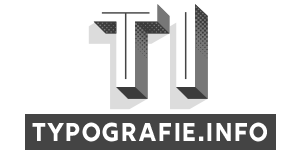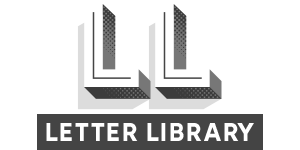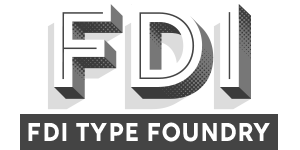Should type designers fear AI? (Survey)
Should type designers fear AI?
28 members have voted
-
1. How will AI influence the font market?
-
I believe AI could kill the font market as we know it today.9
-
I believe AI could enhance the production of fonts but will not disrupt the font market in a major way.6
-
I believe AI fonts and traditional type design will co-exist peacefully.9
-
I don’t think AI will have a significant impact on the font market.4
-









Recommended Posts
Create an account or sign in to comment
You need to be a member in order to leave a comment
Create an account
Sign up for a new account in our community. It's easy!
Register a new accountSign in
Already have an account? Sign in here.
Sign In Now